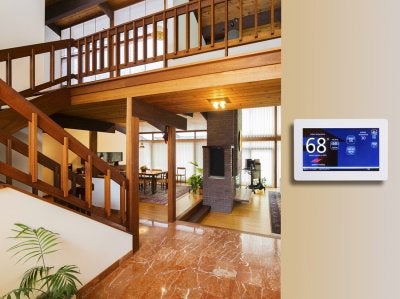Having trouble with your air conditioning in Seattle? One of the most frustrating things that can happen on a sweaty summer day is for your air conditioner to break for an unknown reason. Sometimes a simple fix can get your unit working properly, while other times it is necessary to call in the expertise of a professional. To learn more about some of the common problems that occur with air conditioning units, keep reading.
User Error
 That’s right—air conditioner units most commonly have issues because of improper use. When your air conditioner is on, make sure that all of the windows and outside doors in your house are closed. It’s also your responsibility to make sure that your air conditioning unit is properly maintained. That means keeping the air conditioning filters and coils clean to avoid premature compressor or fan failure. Finally, thoroughly read through user manual for some basic operating rules that can increase the lifetime of your air conditioning unit and prevent future problems from occurring.
That’s right—air conditioner units most commonly have issues because of improper use. When your air conditioner is on, make sure that all of the windows and outside doors in your house are closed. It’s also your responsibility to make sure that your air conditioning unit is properly maintained. That means keeping the air conditioning filters and coils clean to avoid premature compressor or fan failure. Finally, thoroughly read through user manual for some basic operating rules that can increase the lifetime of your air conditioning unit and prevent future problems from occurring.
Refrigerant Leaks
If your unit is low on refrigerant, it is likely that you have a refrigerant leak. Refilling your unit’s refrigerant won’t solve this problem. You’ll need to call a professional technician to repair the leak and refill the repaired system with refrigerant. That’s because it’s important that the refrigerant charge precisely matches the manufacturer’s recommendations. If it is undercharged or overcharged, your air conditioning unit won’t work as it should.
Thermostat Sensor Issues
If your unit is behaving strangely by turning on and off at random periods, cycling constantly, or varying heating and cooling options, it’s likely that there is a problem with your thermostat sensor. The thermostat sensor is located behind the control panel and works to calculate the room’s air temperature. It can become dislodged, resulting in faulty temperature measurements. Check and make sure that the sensor is in place behind—but not touching—the evaporative coil. You can adjust the position of the sensor by moving the wire that holds it in place.

